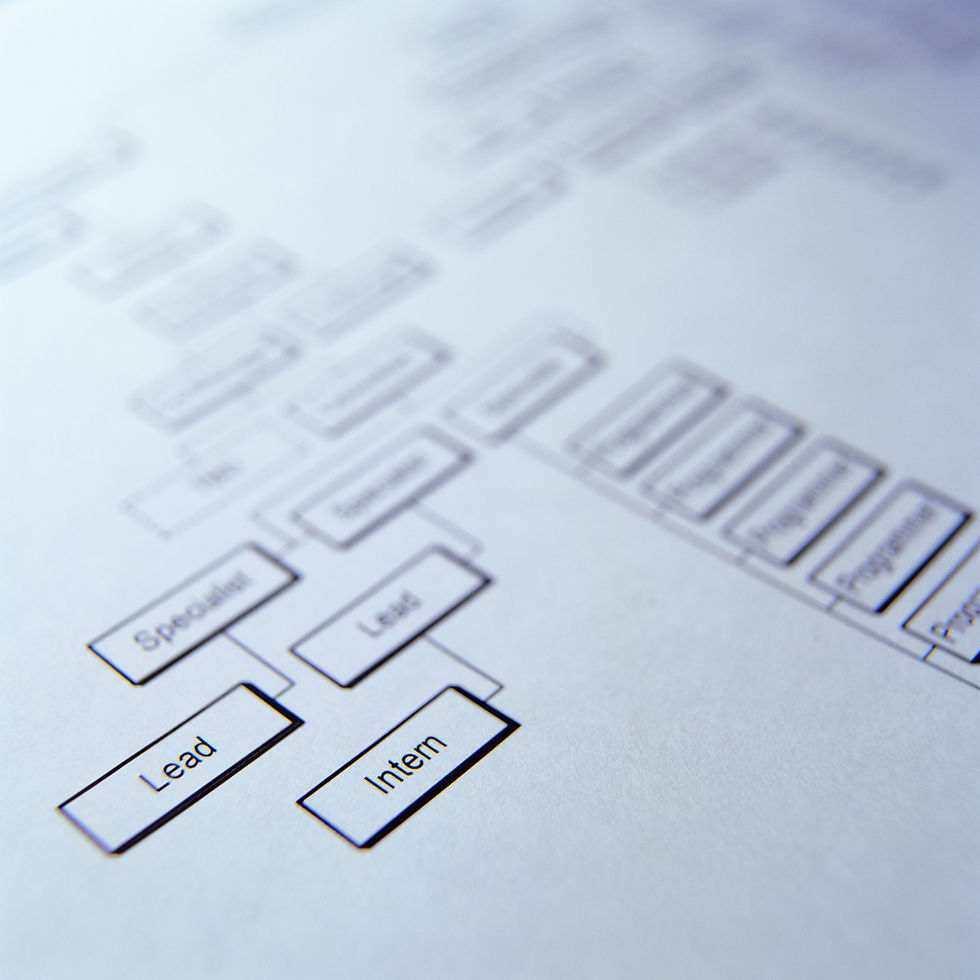Gemba Kaizen: Revolutionizing Continuous Improvement at the Source
- Nam H Le

- Aug 29, 2024
- 2 min read

Gemba Kaizen is a powerful Japanese approach to continuous improvement that has transformed businesses worldwide. By combining two essential concepts - "Gemba" (the real place) and "Kaizen" (continuous improvement) - this methodology focuses on making incremental changes where the actual work happens.
Understanding Gemba Kaizen
Gemba Kaizen is built on the principle that the most effective improvements come from observing and understanding processes at their source. "Gemba" refers to the place where value is created, such as the factory floor, the customer service desk, or any other workspace where the core work of an organization takes place. The philosophy emphasizes that managers and decision-makers should regularly visit the Gemba to:
Observe processes firsthand
Engage with employees directly involved in the work
Identify inefficiencies and opportunities for improvement
Implement small, incremental changes
Key Principles of Gemba Kaizen
Go to the source: Problems are best understood and solved where they occur.
Observe the actual process: Direct observation provides insights that reports and meetings cannot.
Temporary countermeasures: Implement quick fixes to contain issues immediately.
Find root causes: Use techniques like the "5 Whys" to identify underlying problems.
Standardize solutions: Create new standards to prevent recurrence of issues
.
Implementing Gemba Kaizen
To successfully implement Gemba Kaizen, organizations should follow these steps:
Train leadership and employees in Gemba Kaizen principles
Schedule regular Gemba walks for managers and executives
Encourage open communication between all levels of the organization
Empower employees to suggest and implement improvements
Celebrate small wins and continuous progress
Benefits of Gemba Kaizen
Organizations that effectively implement Gemba Kaizen can expect:
Improved quality and productivity
Reduced waste and costs
Enhanced employee engagement and morale
Better problem-solving skills across the organization
Increased customer satisfaction
Gemba Kaizen Tools
Several tools and techniques support the Gemba Kaizen approach:
5S: Sort, Set in order, Shine, Standardize, and Sustain
Visual management: Using visual cues to communicate information quickly
PDCA cycle: Plan, Do, Check, Act for continuous improvement
Value stream mapping: Visualizing the flow of materials and information
Poka-yoke: Error-proofing processes to prevent mistakes
The Role of Management in Gemba Kaizen
In the context of Gemba Kaizen, management must become actively and consistently involved in Gemba. Managers are encouraged to leave their offices to interact directly with processes and employees in their work areas. This interaction promotes a deep understanding of daily activities and fosters effective communication at all organizational levels.
Sustaining Continuous Improvement
Gemba Walks, a key component of Gemba Kaizen, play a crucial role in sustaining continuous improvement efforts. They help feed the system with opportunities for improvement, bring context to proposed changes, and increase supervisors' and managers' commitment to the improvement process.
Conclusion
Gemba Kaizen offers a practical, employee-centered approach to continuous improvement. By focusing on the actual place where work happens and empowering those closest to the processes, organizations can achieve significant improvements in quality, efficiency, and employee satisfaction. As businesses face increasing competition and pressure to innovate, Gemba Kaizen provides a proven methodology for staying ahead in a rapidly changing world. By embracing Gemba Kaizen, companies can create a culture of continuous improvement that drives long-term success and adaptability. Whether in manufacturing, services, or healthcare, the principles of Gemba Kaizen can help organizations unlock their full potential and achieve sustainable growth.



Comments